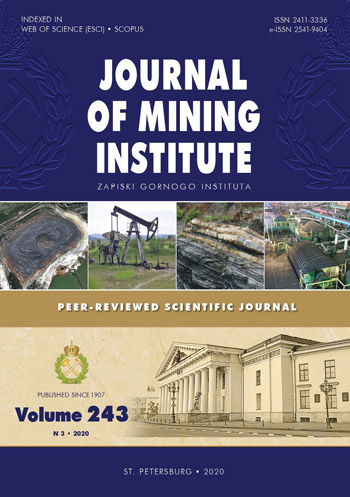Description of steady inflow of fluid to wells with different configurations and various partial drilling-in
- Ph.D., Dr.Sci. Professor Tatar Oil Research and Design Institute
Abstract
There are many equations of steady inflow of fluid to the wells depending on the type of well, presence or absence of artificial or natural fractures passing through the well, different degrees of drilling-in of the wellbores. For some complex cases, analytical solutions describing the inflow of fluid to the well have not yet been obtained. An alternative to many equations is the use of numerical methods, but this approach has a significant disadvantage – a considerable counting time. In this regard, it is important to develop a more general analytical approach to describe different types of wells with different formation drilling-in and presence or absence of fractures. Creation of this method is possible during modeling of fractures by a set of nodes-vertical wells passing from a roof to floor, and modeling of a wellbore (wellbores, perforation) by a set of nodes – spheres close to each other. As a result, based on this approach, a calculation algorithm was developed and widely tested, in which total inflow to the well consists of the flow rate of each node taking into account the interference between the nodes and considering the impermeable roof and floor of the formation. Performed modeling confirmed a number of known patterns for horizontal wells, perforation, partial drilling-in of a formation, and also allowed solving a number of problems.
